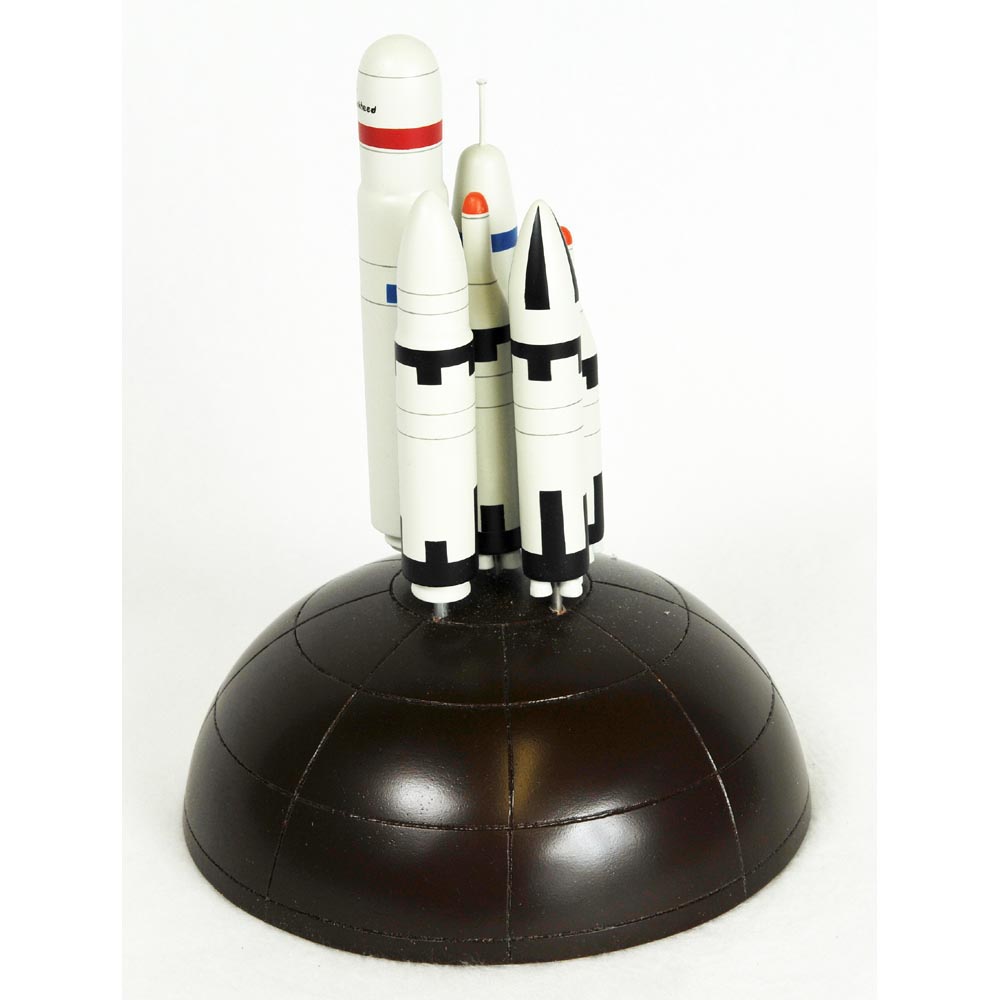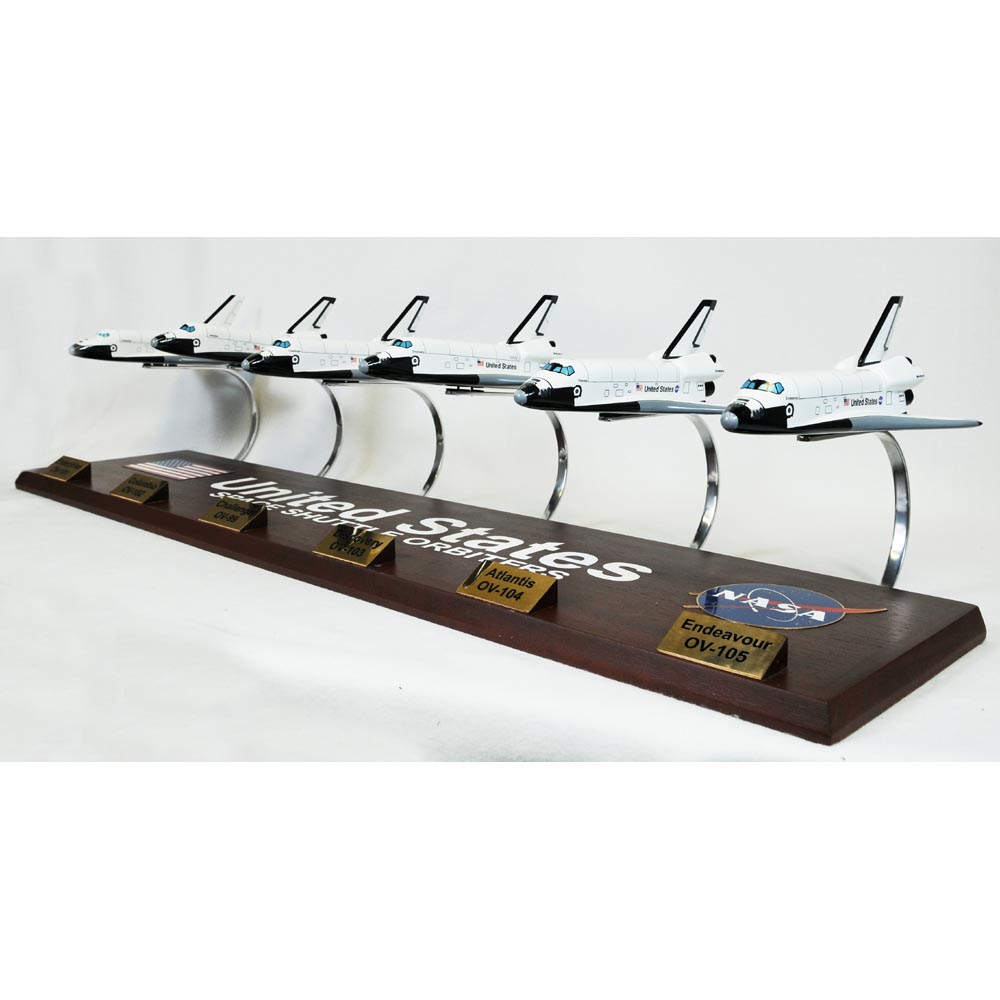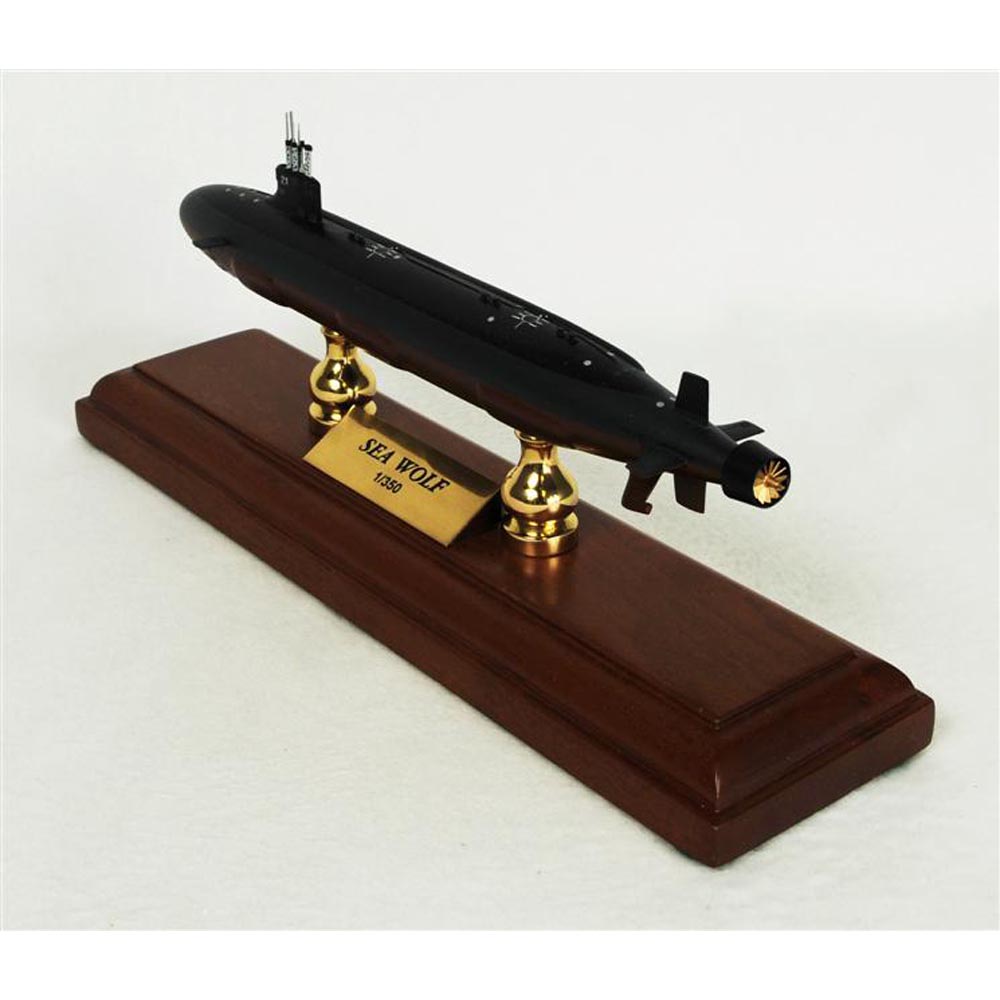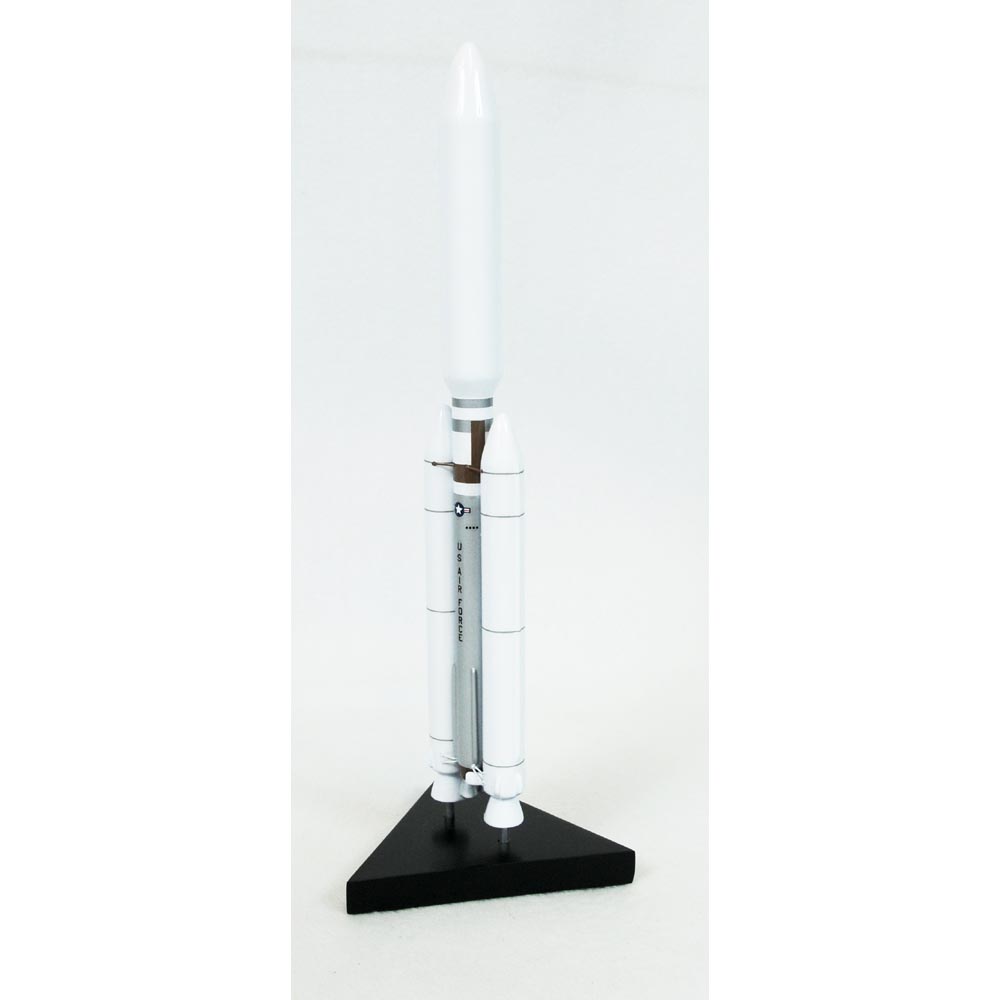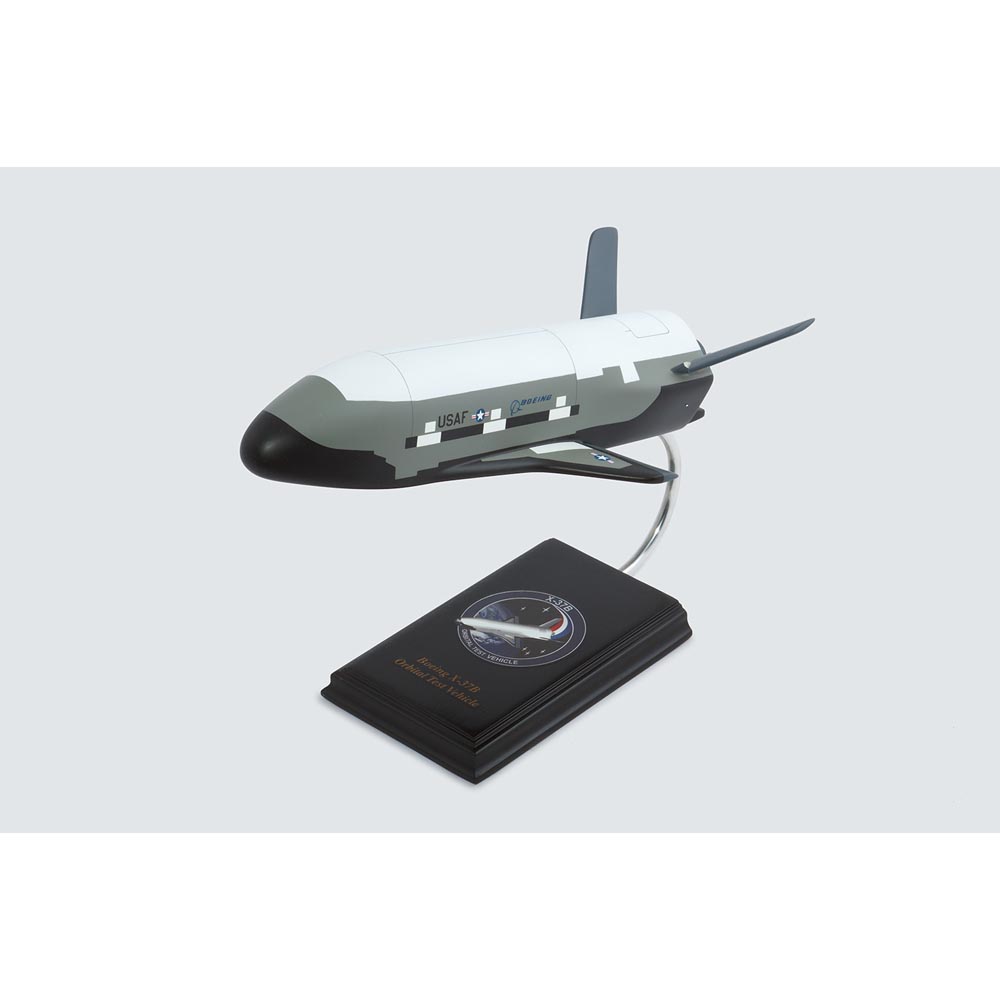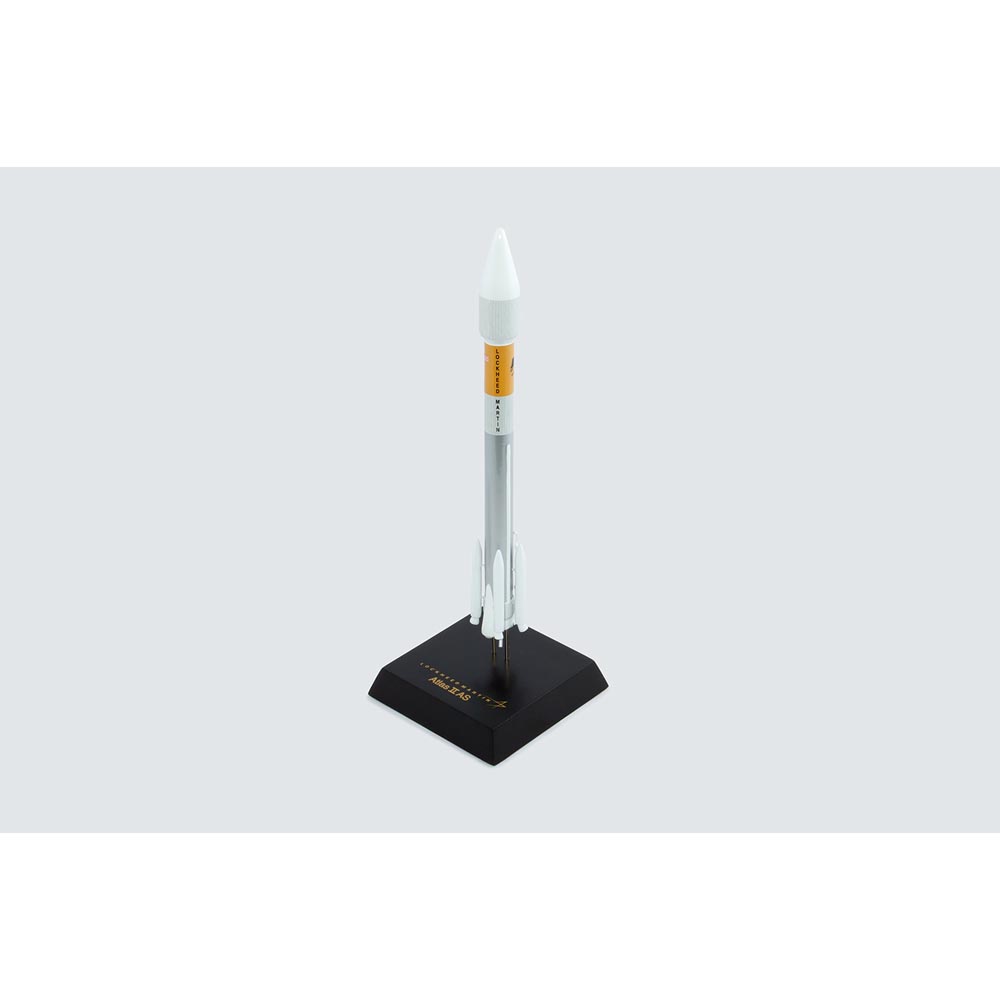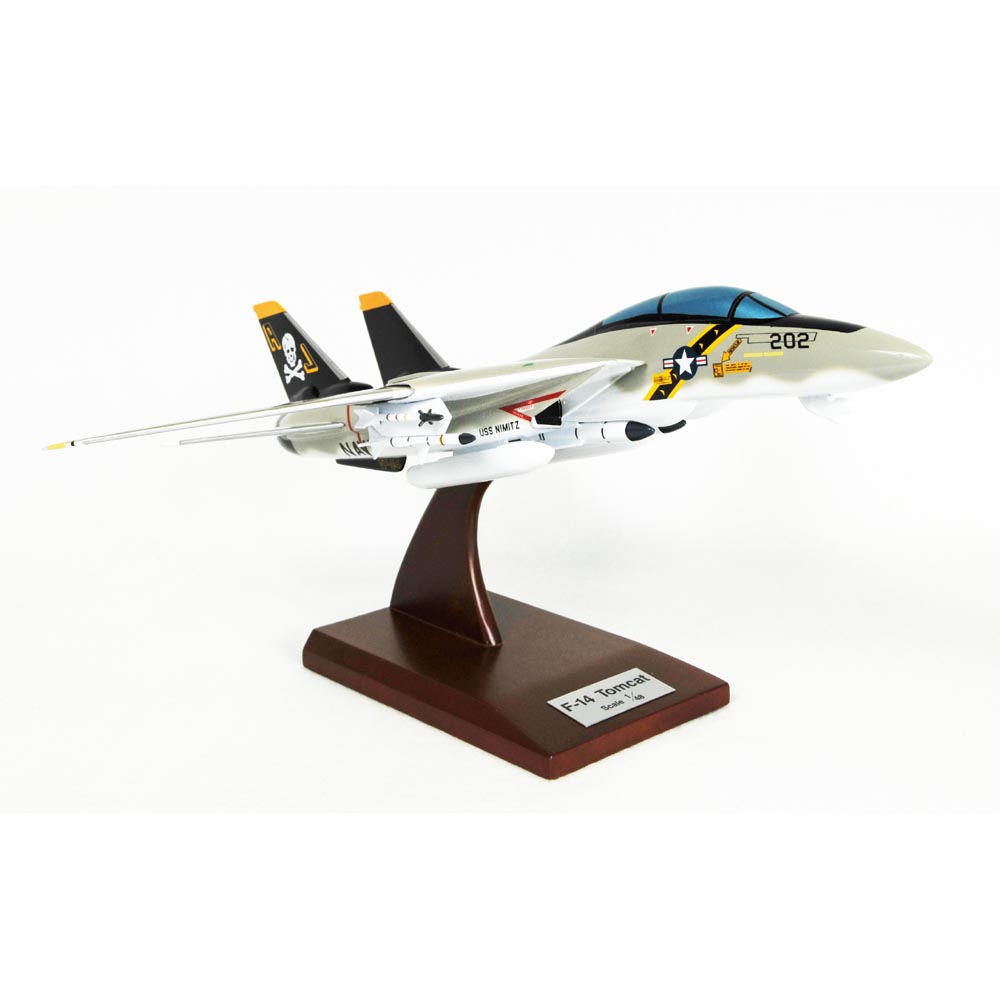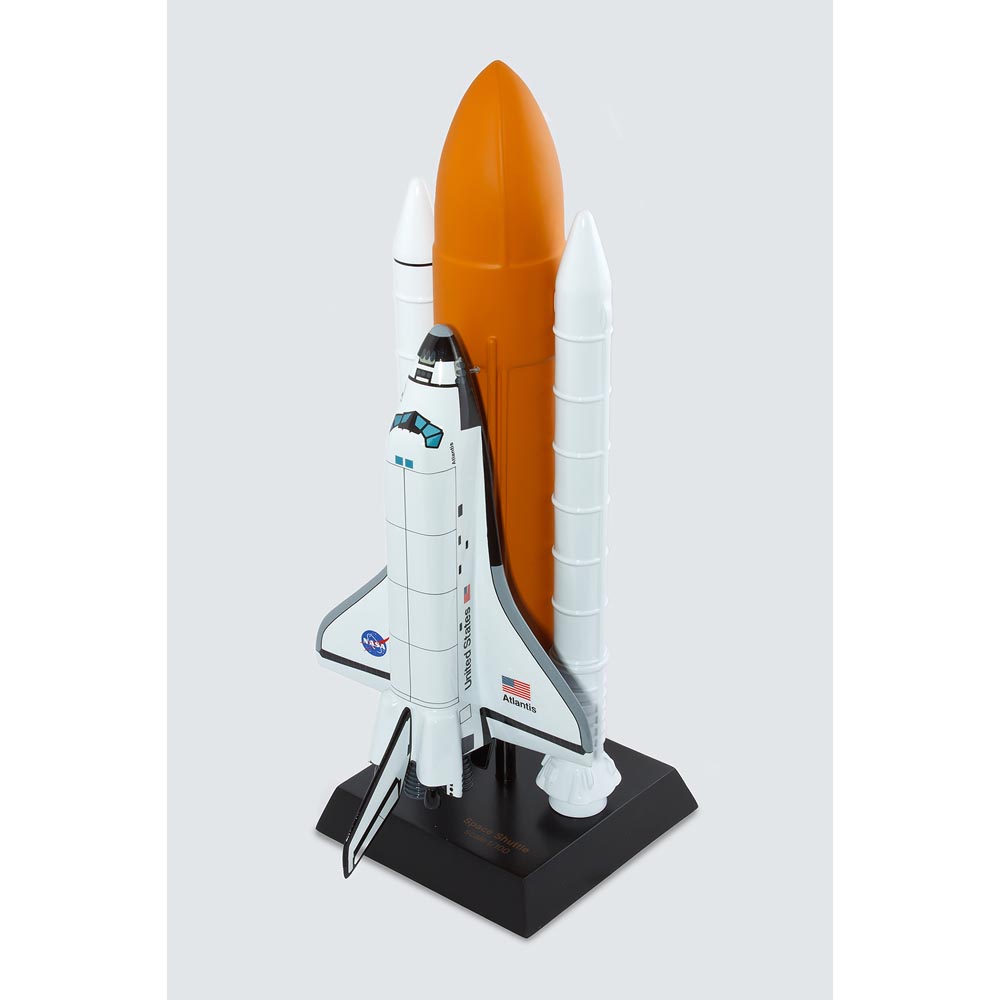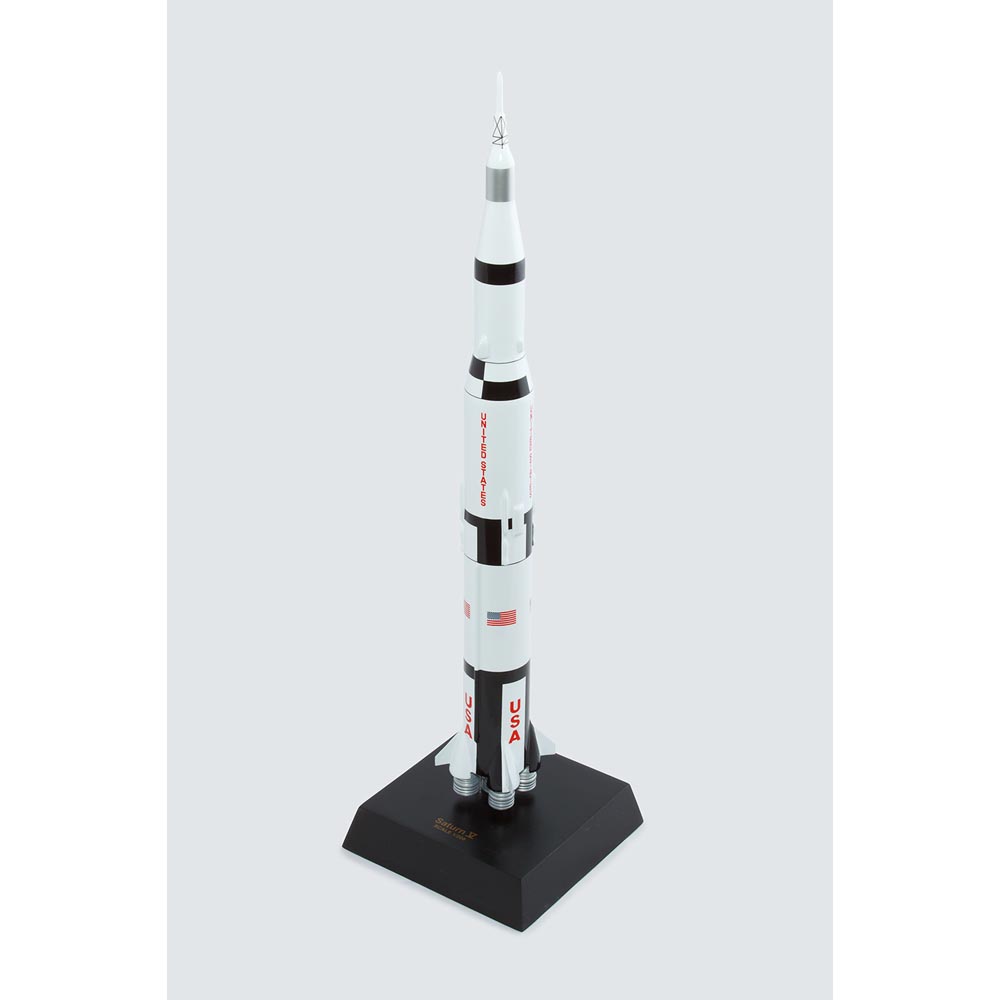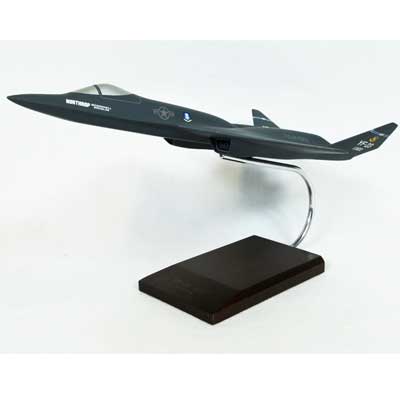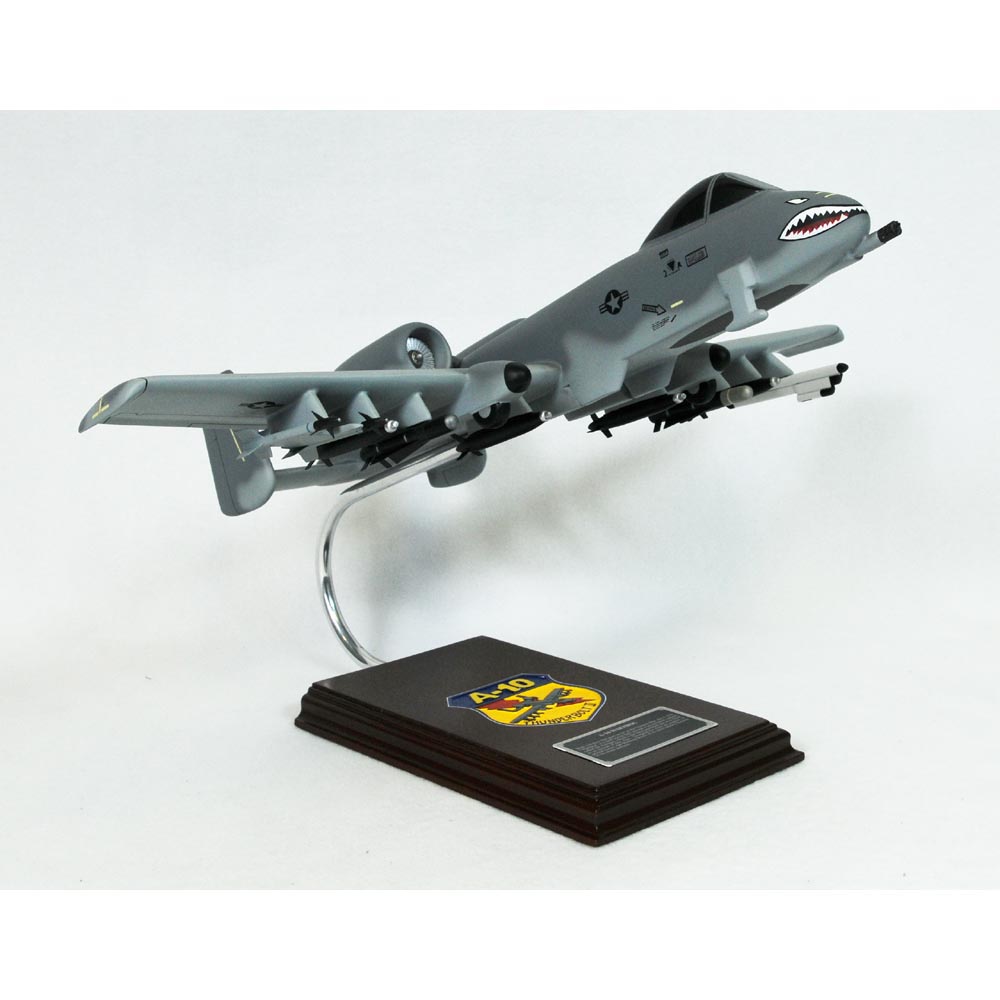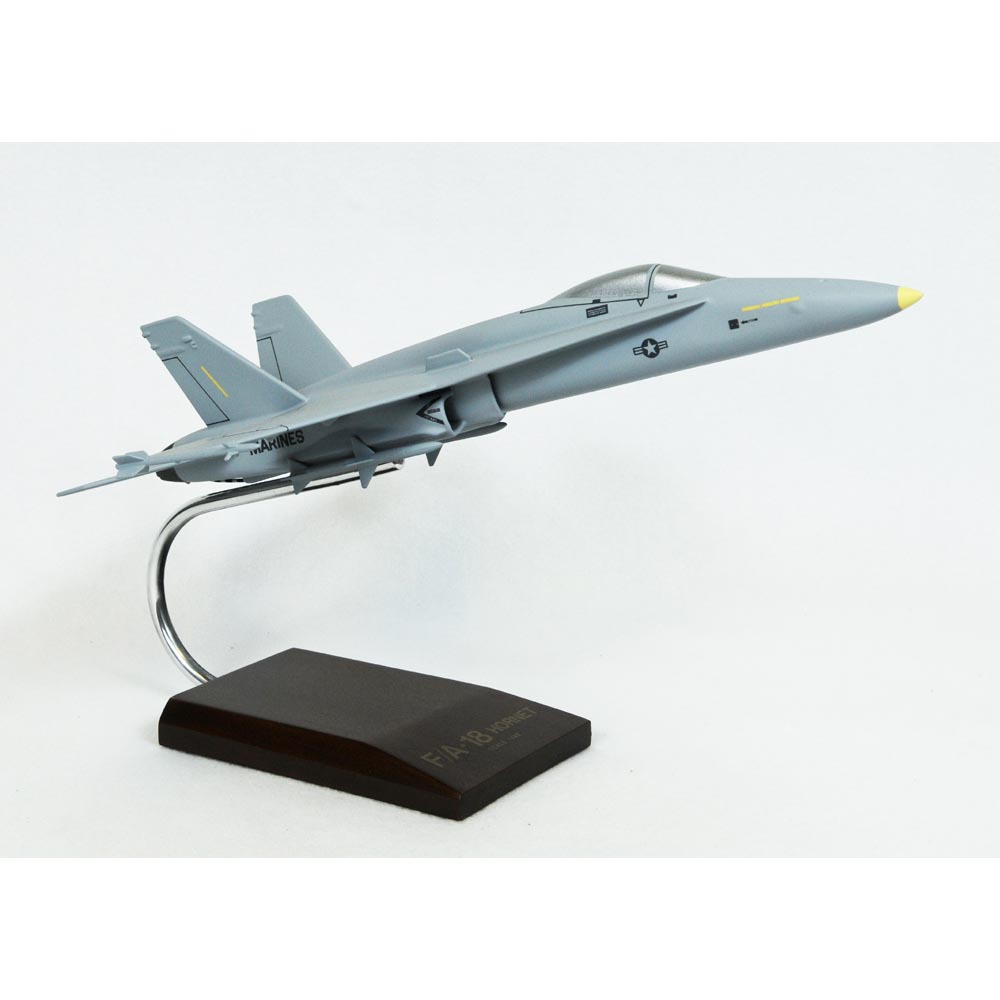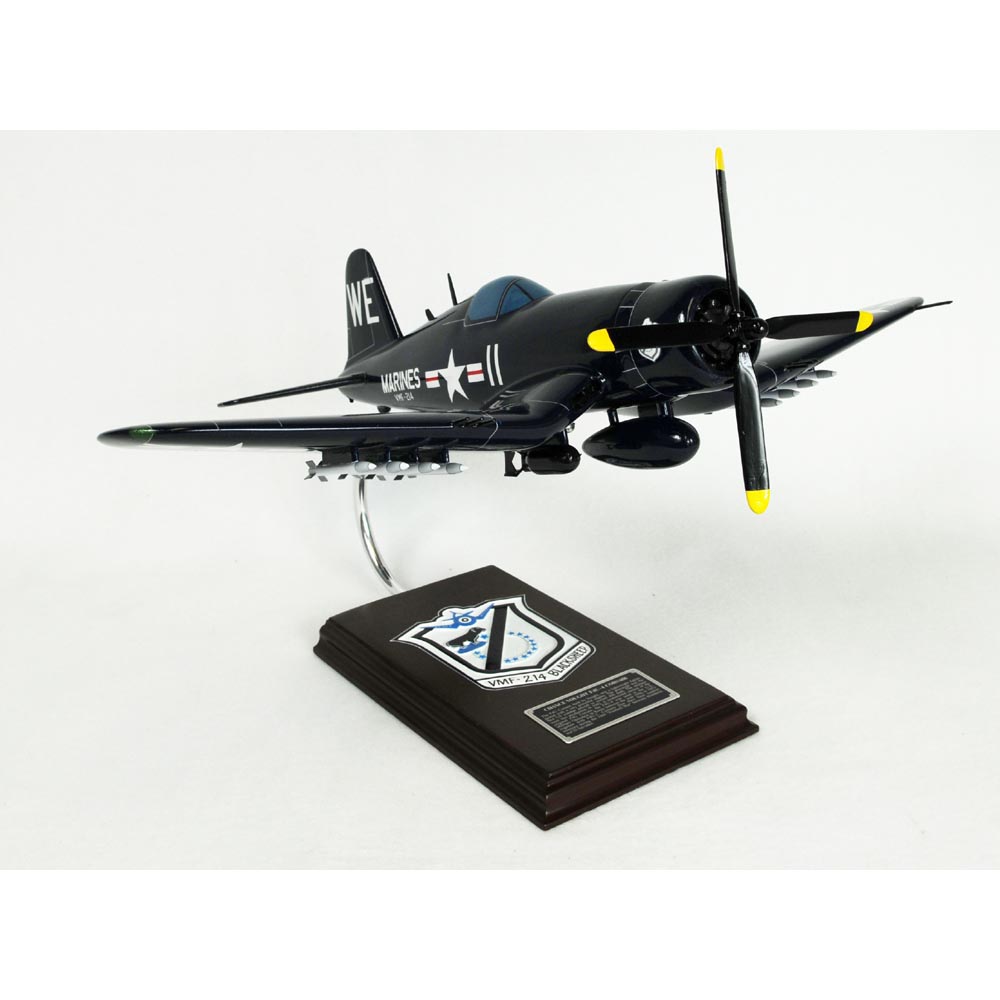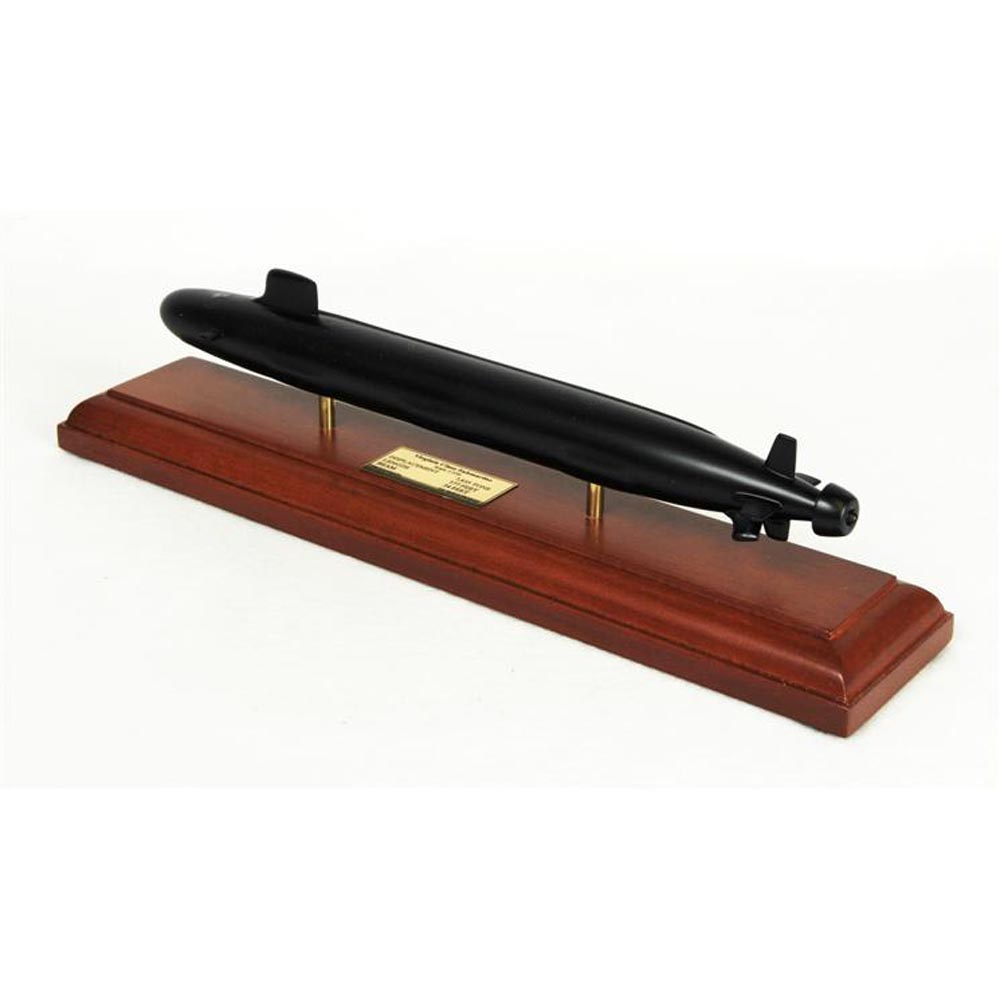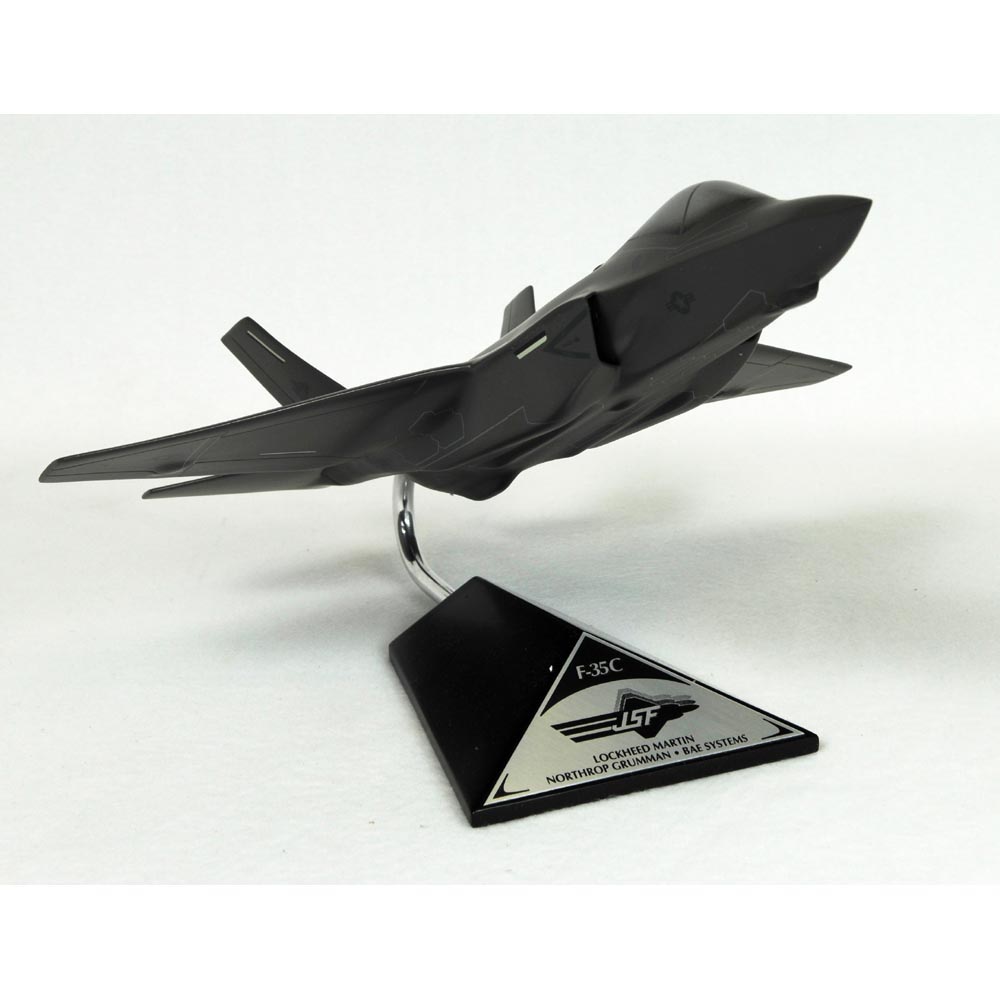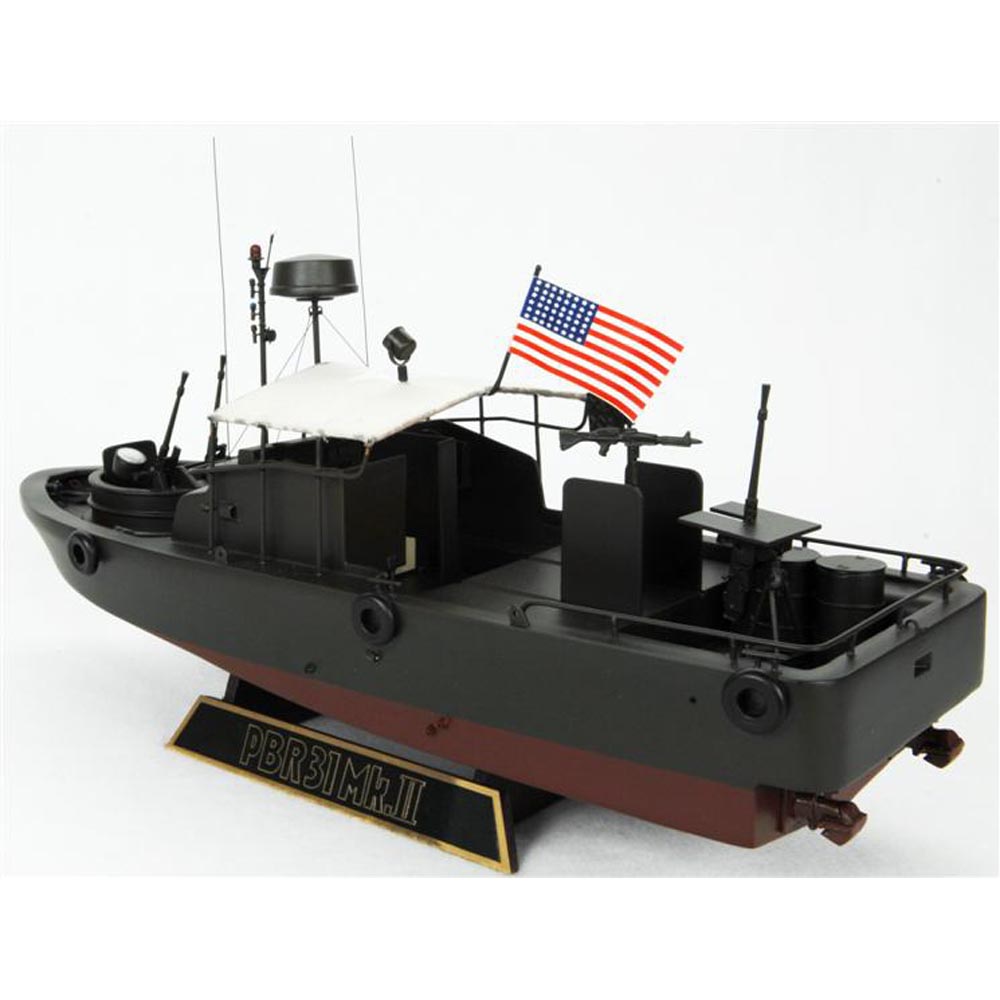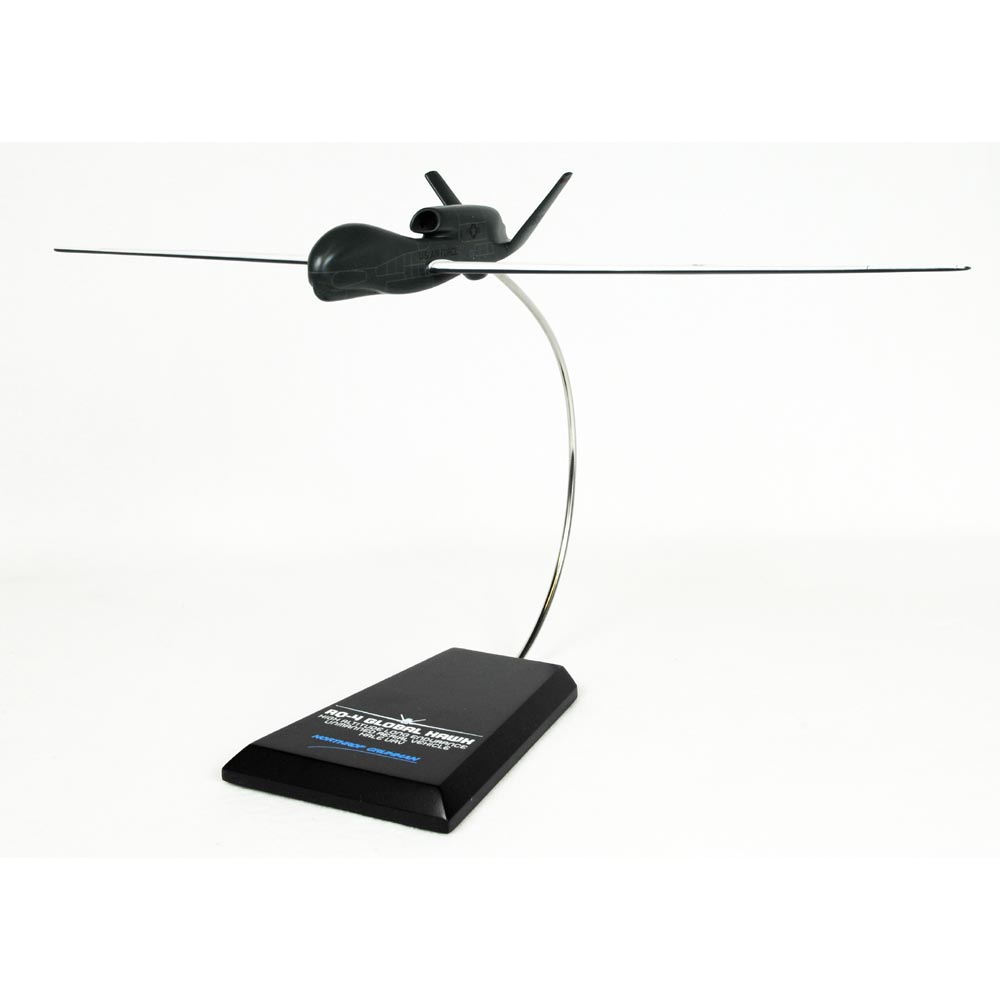Submarine Fleet Missile Model
Артикул: 13-10751
56156 46797 руб.
Наличие: – Есть в наличии у нашего поставщика. Доставка на наш склад в течение 5...6 недель после оплаты Вами заказа.
Overview
| In 1959 to 1960, the first ballistic missile submarines were put into service by both the United States and the Soviet Union as part of the Cold War nuclear and non-nuclear powers. During the Cold War, the Soviet Union suffered the loss of at least four submarines during this period. Some of these are the K-129, lost in 1968, the K-8 in 1970, the K-219 in 1986 and Komsomolets in 1989. While the United States lost two nuclear submarines during this time, the USS Thresher and Scorpion. The Navys fleet ballistic missile submarines (Boomers) primary mission serves as an undetectable launch platform for intercontinental missiles. The ballistic missile submarines are designed specifically for stealth and precision delivery of nuclear warheads. The development of submarine-launched nuclear missiles and submarine-launched cruise missile gave submarines a substantial and long-ranged ability to attack both land and sea targets with a variety of weapons ranging from cluster bombs to nuclear weapons. The Ohio class SSBNs can carry up to 24 submarine-launched ballistic missiles (SLBMs) with multiple independently-targeted warheads. The Trident missile was SSBNs primary weapon and it was built in two versions. The Trident C-4 was phased out of service and was replaced by the Trident II D-5 which was generally larger, longer-range and more precise. The first eight submarines (SSBN 726s to 733s) were initially built to carry the C-4 missile only. The first four (SSBN 726s through SSBN 729s) ended their strategic deterrent mission in the early 2000s. While the SSBN 734s to 743s were designed from the beginning to carry the D-5 missile and they continued their primary mission of strategic deterrence. In fictional books such as the Twenty Thousand Leagues Under the Sea by Jules Verne, the most famous submarine of all time is probably Nautilus since many other ships were named Nautilus and the name has been associated with fighting ships of the United States Navy since 1803. |



